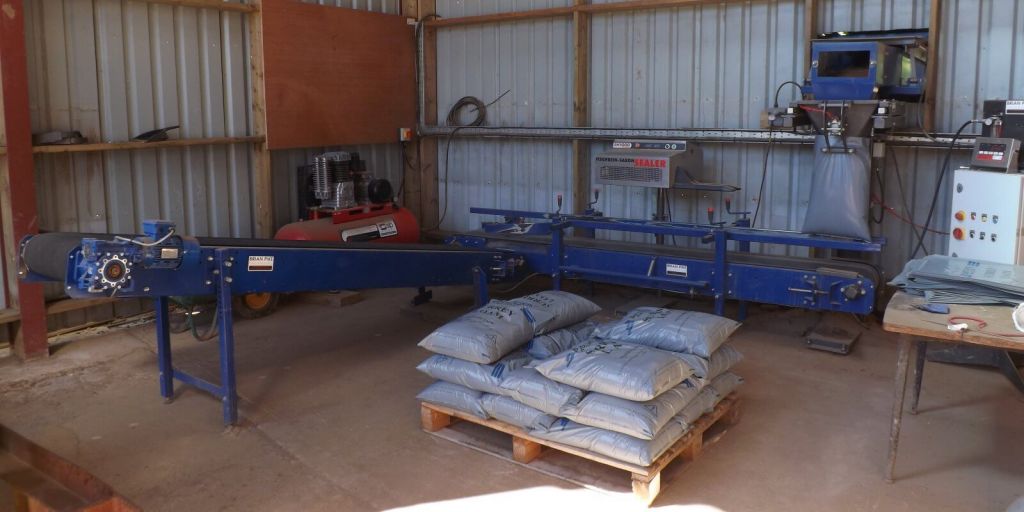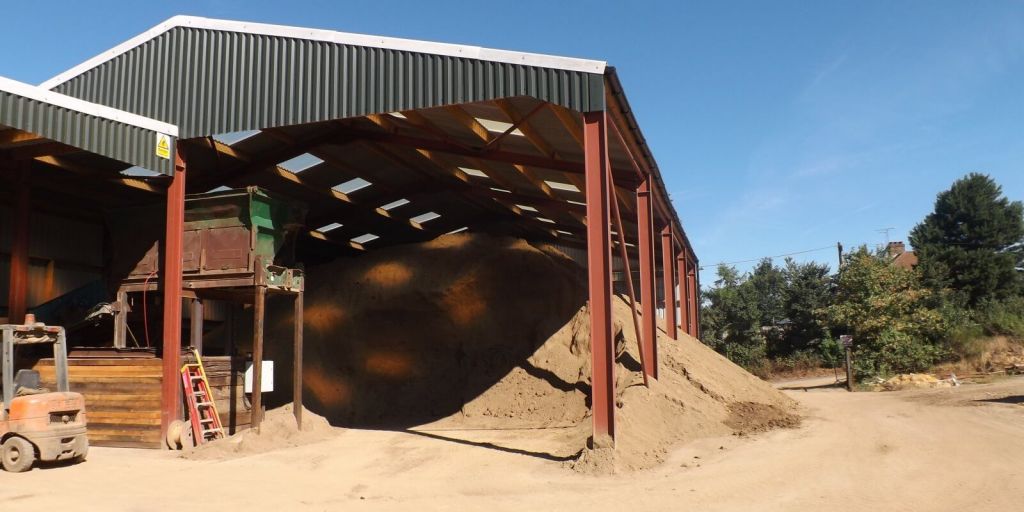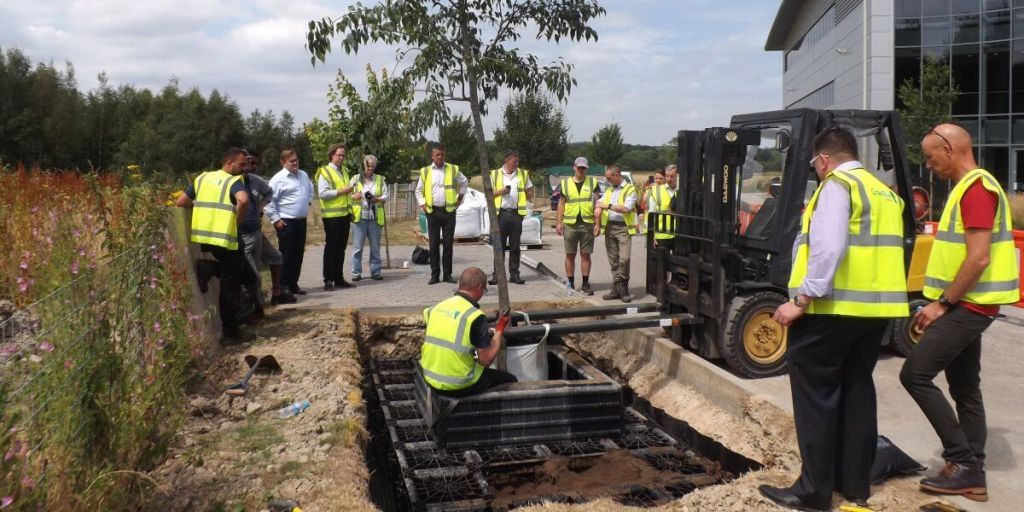Top of the class

Well, we’re not entirely sure how it happened, but somehow the summer holidays have come to an end and we’ve reached September - the month that sees a change in season and a change in focus in the garden. With the kids heading back to school this month, we thought we’d offer a helping hand with any of those burning gardening questions they might have - you just never know when compost facts might crop up in class, after all! (Or, for the adults it might serve as helpful pub quiz content…)
What do plants eat?
Much like us humans need food and water to survive, plants also need food and drink - but it’s not the same as us eating some cereal or drinking some juice. Plants are actually really clever and are able to make their own food - they’re one of the only living organisms on the planet that are able to do this, and most of the earth’s creatures eat plants so there’s lots of people and animals relying on them! During the day, plants breathe in carbon dioxide through their leaves. They use sunlight and the green from their leaves to make sugars from the carbon dioxide, which gives them energy to grow. This is called photosynthesis. Plants also need water for photosynthesis - they absorb water and other nutrients through their roots, and this water is then used by the plant to help make the sugars they need.
What is soil?
Soil is the loose surface we find outside where plants grow, but it’s more than just dirt. It actually takes thousands of years to form, and it’s made up of all kinds of things, from decayed plants and animals to rocks and minerals. Plants use soil to help them grow - their roots grow into the soil, and then the nutrients in the soil help to feed the plants. Soil is also where lots of insects and animals live - earthworms, ants and some beetles all live in the ground. Sometimes, the soil we have in our gardens isn’t the right type to grow the plants we want to grow, so we can add different mixes to the soil to give the plants a helping hand.
Why are worms good for the garden?
Earthworms are really good for the garden because they help to keep the soil healthy. They eat decaying plants but they don’t damage plants and flowers like slugs and snails do. Worms are also really helpful in the garden if you’re making your own compost, because they can help to speed up the composting process by eating food scraps and then digesting them, which turns them into compost.
What is compost?
Compost is usually made from food and garden waste - so that’s the things you’re getting rid of, like old vegetables or flowers you’ve dug up in the garden. All of the ingredients mix together and over time they start to decompose. Then, the compost mixture can be used on your soil to help improve it because it has lots of nutrients in it, which help plants to grow. You can make your own compost in your garden or you can get ready made composts which can help if you have a particularly tricky soil where you can’t plant some flowers and plants.
How do you make your own compost?
It’s easy to make your own compost, you just need the right mix of materials to make it work. Good compost is made up of half green materials (things like grass or hedge trimmings), and half brown materials (things like twigs or cardboard). Choose a sunny area of the garden, and if you’re making a compost bin, put it here - but make sure to place it directly onto the earth as this speeds up the composting process and helps worms and other creatures easily get into the compost to help break it down. Turn the compost occasionally and also be sure to keep the rain out so it doesn’t turn into a sludgy mess! The compost should take about 6 months to be ready. Once it’s done you can use it in the garden on your soil to help grow flowers, plants and vegetables.
How do you grow your own vegetables?
Firstly, pick which fruits and vegetables you like to eat, because these will be the most fun to grow. Vegetables like courgettes, beans and tomatoes are all easy to grow, or you could even try planting some strawberries. Lots of fruits and vegetables can be grown in pots and in small spaces, but if you have the space in your garden it’s a good idea to create a dedicated vegetable patch. You can also make a raised bed to grow your fruits and vegetables in, which will help keep the weeds away and keep your crops separate from the rest of the garden. Different vegetables grow at different times of year. If you’re growing courgettes you can plant them from seeds and you’ll want to do this by starting them indoors in the springtime (around April) and then sowing them into the ground in May once it’s no longer frosty. For carrots, these seeds can be planted straight into the ground any time from March to June. Tomatoes grow best in pots or containers, and a peat free compost works best. Plant tomatoes in late spring (May/June) when the weather is warming up. They take about 12 weeks to ripen, and then you’ll have your own crop of juicy tomatoes to enjoy.




